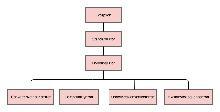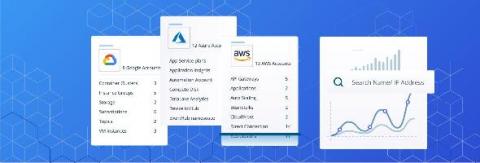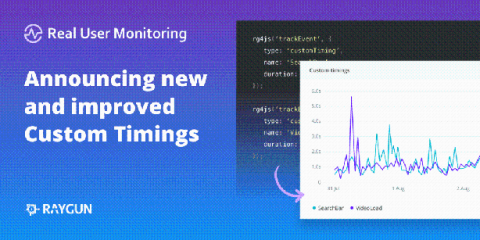Troubleshooting Encoding Errors in Ruby
Text encoding is fundamental to programming. Web sites, user data, and even the code we write are all text. When encoding breaks, it can feel like the floor is falling out from under you. You're cast into a dimension of bitmasks and codepoints. Logs and backtraces are useless. You consider trading your text editor for a hex editor. But there's hope! In this article, Jose Manuél will show us how encoding errors happen, how they're expressed in Ruby, and how to troubleshoot them.










